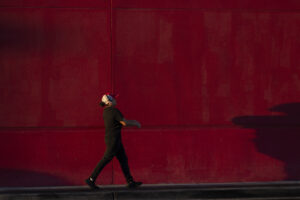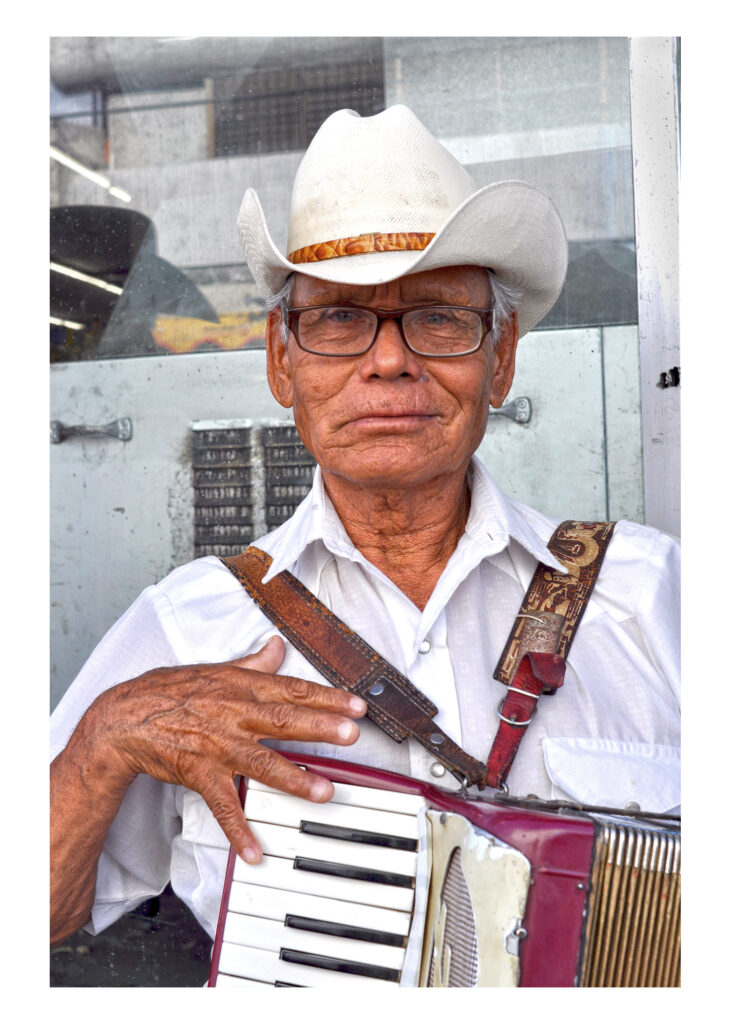Origin and Nature of Modern Photojournalism

Photojournalism is known as the art or practice of communicating news or stories through images.
There are two important aspects of this subject that are often are mixed up, but have different goals. In one side, we have photojournalism that “doesn’t show ‘life.’ It neither has the time to understand it nor the space to display its complexity,” and in the other hand, photo documentary that “…reveals the infinite number of situations, actions and results over a period of time. In short, they reveal life. Life isn’t a moment. It isn’t a single situation, since one situation is followed by another and another.” The work is to capture a series of changes that will result in a big change in the landscape of a town, society, etc… and by doing so, a photojournalist captures the life changes experienced by the people who usually work or live around that area. In contrast, photojournalism is all about a moment and action captured to reflect news.

Photojournalism finds its roots in Germany in 1925 with the creation of a more mobile camera. The mobility of these new cameras allowed photographers to take more natural and realistic pictures that eventually opened way to the golden age of photojournalism during the 1920 and 1930. Photographers started to believe that the real work was outside a studio, where they could document people’s struggles during the Great Depression. During this era major photojournalists found their way to success such as: Dorthea Lange, Walker Evans and Gordon Parks.
After the wave of photojournalism’s success a series of organizations were born to help field to grow, improve and even to protect journalists.
Now days there are organizations like the National Press Photographers Association (NPPA) which is an organization that helps photojournalist to adapt to new technology, help develop essential networking skills as well as their own business. The organization has different types of memberships and different annual fees; professional $110, student $65, retired professional $65, family $60 and international $70.
There are different benefits to join the organization, such as: staying informed, save money in equipment, protect your rights, be recognized as professional, help photographers to find jobs, lean and make connections.
Other organizations that have been important to modern journalism are photo agencies. These have the sole propose of creating a team of photographers that would be located in different parts of the country or world, and spread their work to newspapers, magazines, etc. The agency also helps reporters to protect their work. Some examples of these organizations are the Associated Press, Reuters Pictures and Agence VU.
In actuality there are photojournalists that inspire others with their work such as Heidi Schumann, whose work showcases social problems around the globe through powerful images. Shumann’s makes her living by selling her work to editorial clients among which are the New York Times, Boston Globe, Village Voice, Fader Magazine, GQ, Newsweek Poland, Reuters, Associated Press and Stern Magazine. Shumann also works for some clients that include corporate and nonprofit organizations.
Bibliography
Antoni Kratochvil, A., & Persson, M. (2001, January 1). Photojournalism and Documentary Photography They are identical mediums, sending different messages. Nieman Reports.
http://www.nieman.harvard.edu/reports/article/101591/Photojournalism-and-Documentary-Photography.aspx
Stovall, J. (n.d.). Magazines and Photojournalism’s Golden Age. Retrieved September 2, 2014.
http://www.ablongman.com/stovall1e/chap05/05goldagephotog.html
Collins, R. (n.d.). History of photography and photojournalism. Retrieved September 2, 2014.
http://www.ndsu.edu/pubweb/~rcollins/242photojournalism/historyofphotography.html





